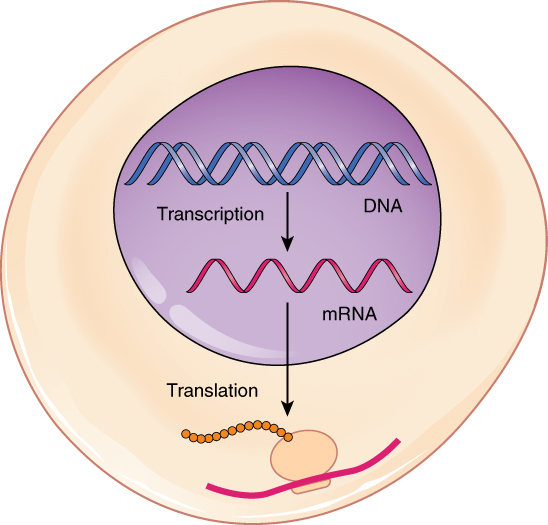 |
| Diagram of protein synthesis https://commons.wikimedia.org/wiki/File:0328_Transcription-translation_Summary.jpg |
The mutations that seemed to have the greatest effect were the frameshift mutations, insertion and deletion, while the mutation that seemed to have the least effect was substitution. For the frameshift mutations, the location of the mutation was also very influential: a mutation near the beginning of the sequence would alter (shift over) almost every codon, while one at the end would change very little. This is due to frameshift mutations affecting every codon after it.
 |
| Some possible mutations in DNA https://en.wikipedia.org/wiki/File:Chromosomes_mutations-en.svg |
I chose the frameshift mutation as what my data indicated would cause the most damage to the gene. This mutation, unlike other mutations we tested, had a chain reaction effect that rippled across and changed the frames of every codon after it. This could lead to devastating consequences, such as a stop codon in the beginning or completely different amino acids. As mentioned earlier, this effect is especially predominant if the mutation is at the beginning, as it would change everything after it.
 |
| Effect of a frameshift mutation (insertion) https://www.flickr.com/photos/yourgenome/26855221022 |
Because of the direct connection between DNA and proteins, and the influence proteins have in the body, dangerous DNA mutations can wreak havoc and create abnormalities in daily processes such as blood flow, digestion, and respiration. For example, cystic fibrosis is caused by a mutation in the CFTR gene. These mutations prevent chloride ion channels from functioning properly, and unusually thick mucus is produced, which clogs airways.
 |
| Diagram of cystic fibrosis https://www.flickr.com/photos/yourgenome/26855222462 |
No comments:
Post a Comment